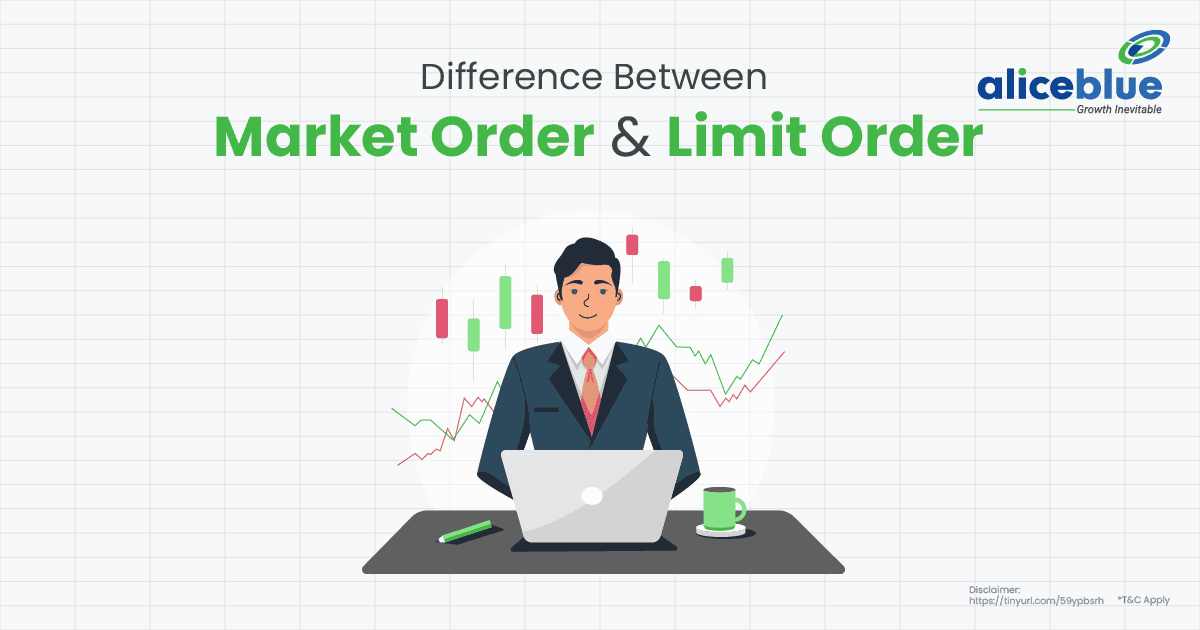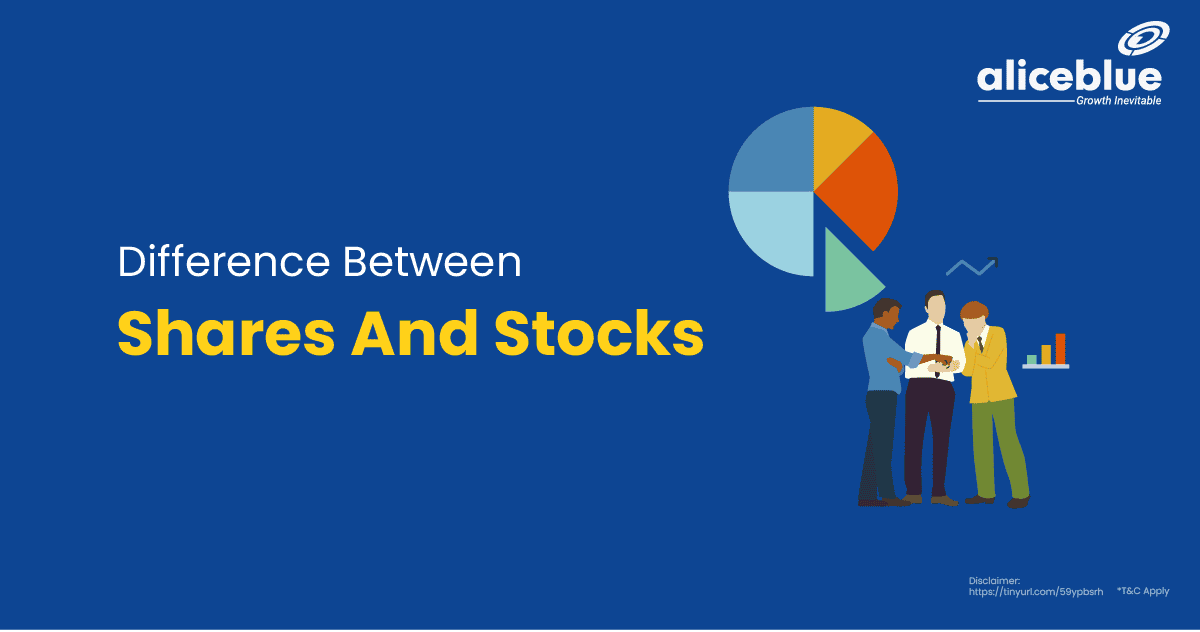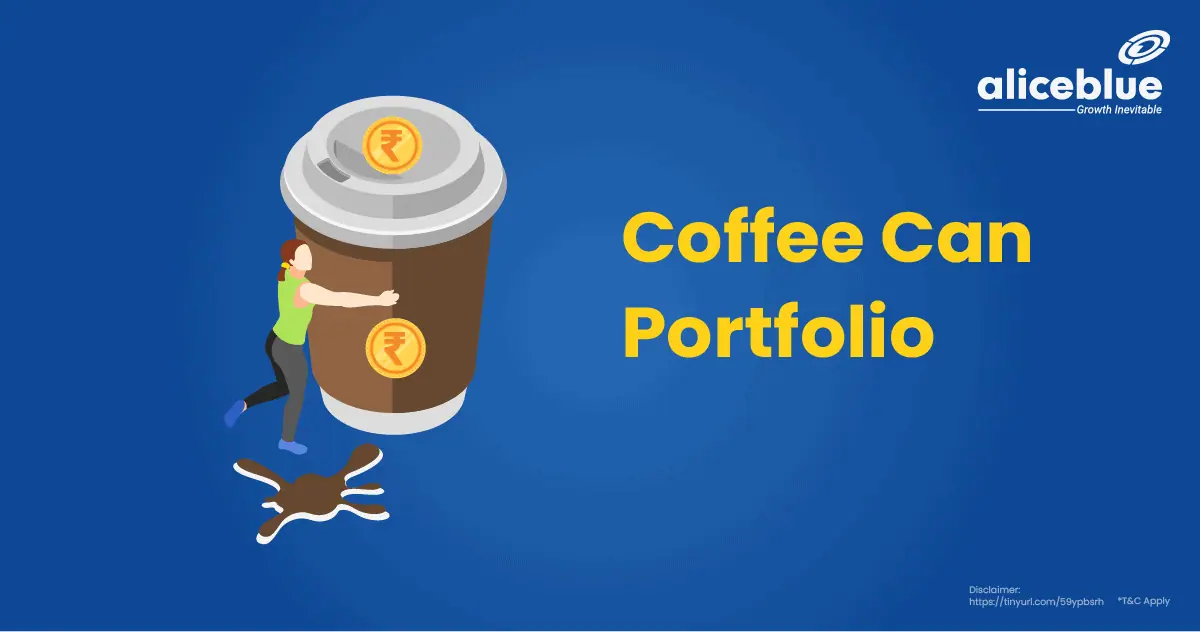The main difference between a market order and a limit order is that a market order executes a trade immediately at the current market price, while a limit order sets a specific price, executing the trade only when the market reaches that price.
Content Id:
- Market Order Meaning
- What Is A Limit Order?
- Difference Between Limit And Market Order
- Market Order Vs Limit Order – Quick Summary
- Market Vs Limit Order – FAQs
Market Order Meaning
A market order in stock trading is an instruction to buy or sell a security immediately at the best available current price. It prioritizes speed of execution over the price, ensuring the trade is completed quickly but without a guaranteed price point.
A market order is ideal for traders prioritizing immediate execution over price control. It’s executed at the current market price, ensuring the transaction is completed swiftly, often used in fast-moving market conditions.
However, market orders lack price guarantees. The final execution price may vary, especially in volatile markets, leading to potentially unfavorable trade prices compared to the expected market price at the time of order placement.
For example: If you place a market order to buy 100 shares of a company currently trading at ₹500, your order will be executed immediately at the best available price near ₹500.

What Is A Limit Order?
A limit order is a type of stock market order where you specify the maximum price you’re willing to pay for a buy order, or the minimum price for a sell order. It executes only when the market price meets your specified limit.
A limit order allows traders to set a specific price for buying or selling a stock, offering control over the transaction price. It’s executed only if the stock reaches the set price, ensuring price certainty for the trader.
However, there’s no guarantee of execution since the market price may never meet the limit price. This can be a drawback in fast-moving markets or for stocks with low liquidity, where achieving the desired price might be challenging.
For example: If a stock is currently trading at ₹200 and you place a limit order to buy it at ₹195, your order will only execute if the stock’s price drops to ₹195 or lower.
Difference Between Limit And Market Order
The main difference between a market order and a limit order is execution priority. A market order is executed immediately at current prices, while a limit order is set for a specific price and only executed if that price is reached.
| Criteria | Market Order | Limit Order |
| Execution | Executes immediately at the best available price. | Executes only when the stock reaches a set price. |
| Price | No price control; depends on current market prices. | Traders set a specific price for the order. |
| Certainty | High certainty of execution but at variable prices. | Execution is not guaranteed; depends on price. |
| Best For | Fast-paced markets or when immediate execution is key. | Specific price targeting or budget control. |
| Risk | Risk of buying at a higher or selling at a lower price. | Risk of not executing if price isn’t met. |
| Suitability | Preferred in highly liquid markets. | Suitable for less urgent trades with price limits. |

Market Order Vs Limit Order – Quick Summary
- A market order mandates immediate buying or selling of a security at the prevailing market price, emphasizing rapid execution over specific pricing, thus ensuring swift completion of the trade but without a fixed price assurance.
- A limit order in the stock market involves setting a maximum buying price or minimum selling price. This order is executed only if and when the stock reaches the trader’s predetermined price limit.
- The main difference is that market order is immediately filled at prevailing prices, whereas a limit order is conditional, activating only when the stock hits a trader-specified price.
- Open free demat account with Alice Blue in 15 minutes today! Invest in Stocks, Mutual Funds, Bonds & IPOs for Free. Also, trade at just ₹ 15/order and save 33.33% brokerage on every order.
Market Vs Limit Order – FAQs
What is the difference between a market order limit order and stop order?
The main difference is that market orders execute instantly at current prices, limit orders at a specific price, and stop orders become active only after reaching a predetermined stop price, then acting like market orders.
What are the 4 main types of orders?
The four types of orders are market orders, executed immediately at current prices; limit orders, set for execution at a specific price; stop orders or stop loss order, activating at a predetermined price; and stop-limit orders, combining stop and limit order features.
What is an example of a market order?
An example of a market order is when you instruct your broker to buy 100 shares of a company immediately, regardless of price. Your order is executed at the best available current price in the market.
What is an example of a limit order?
An example of a limit order is setting an order to buy 100 shares of a company only if the price falls to ₹500 per share. The order will execute only at ₹500 or lower.
What are the benefits of limit orders?
The main benefits of limit orders include price control, allowing traders to set their desired buy or sell prices, and reduced risk of large price fluctuations, particularly in volatile markets.
What is the advantage of a market order?
The main advantage of a market order is its immediate execution, ensuring that the trade is completed quickly. This is particularly beneficial in fast-moving markets where securing a position at the current price is crucial.







